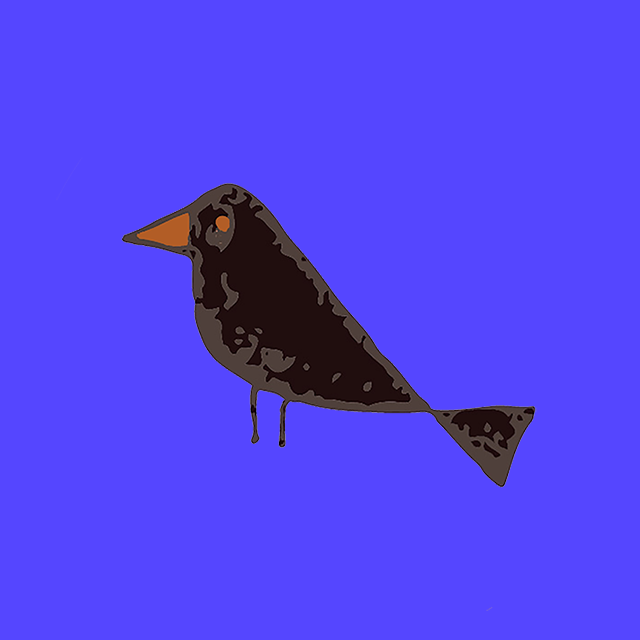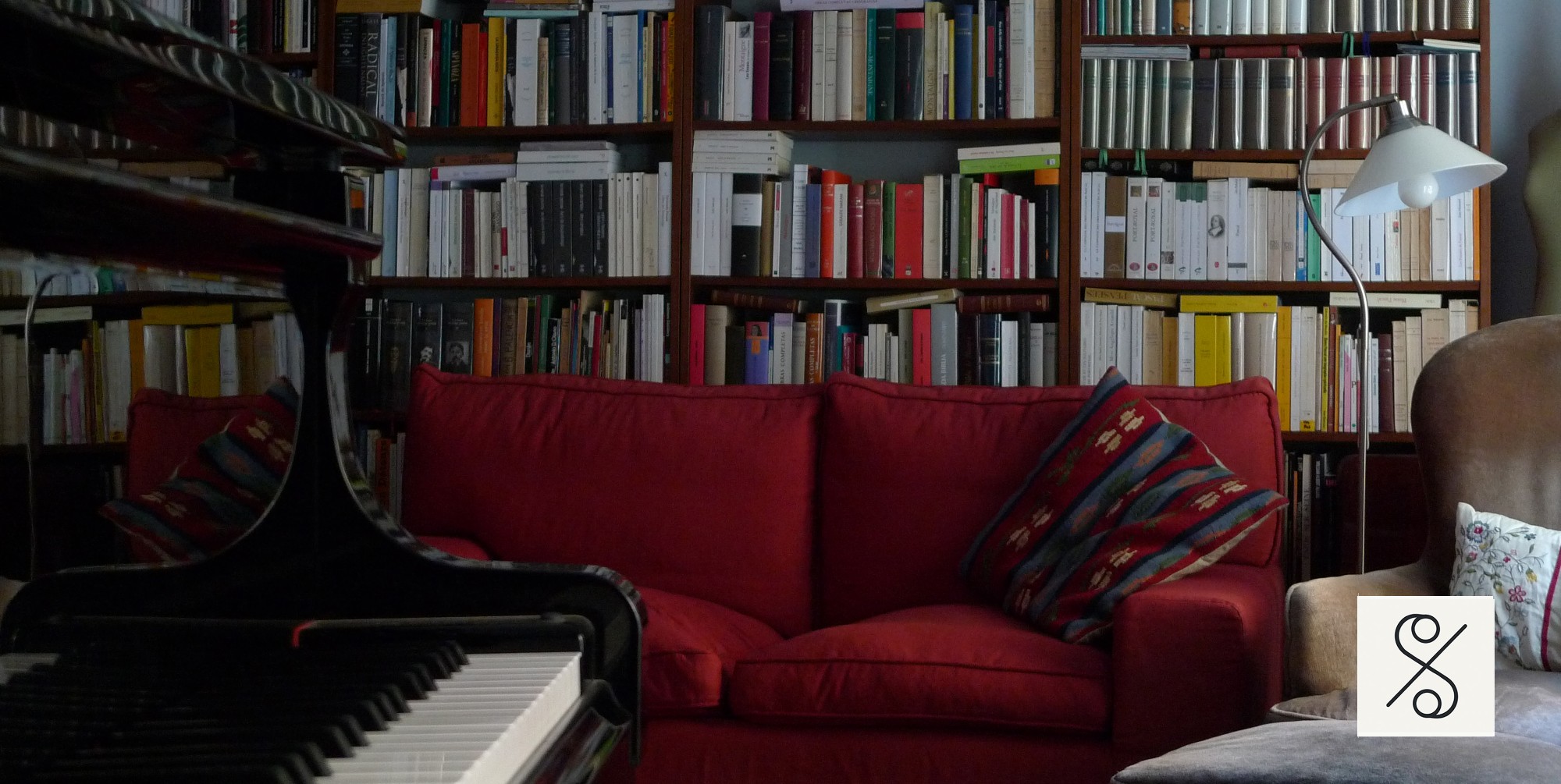
Apr 08•5 min read
Towards the Internet of Value - 2. Artists & Art Users

In this second Article of the series "Towards the Internet of Value"* we’ll see who are the stakeholders today when we talk about art content on the web, and why anyone creating and using digital contents in these times should be interested in the upcoming Internet of Value 3.0.
Any time you address Intellectual Property and copyrights all kind of management issues come up. And people tend to take part and discuss these matters with many deeply rooted assumptions. We all have experiences, as users and authors, but we can all agree on Intellectual Property as an essential right. Nevertheless, how can we preserve that right without harming the easy access at Artworks that Internet can provide for the good of humanity? How could we fairly recognise and compensate the authors’ work while making Art for all to enjoy and learn from?
Copyrights stakeholders: artists and art-users
As Blockchain technology provides the chance for authors and artists to communicate and trade with their audiences, the players in this new game are going to be art-creators and their “art-users”.
Any creative mind and especially artists in any field who are interested in reaching at their public on the web with an art experience should start considering getting in control of their data and of their copyrights management.
The interactive and social Internet 2.0 as we have known it, has never been fair for professional creators, for professional artists. In a recent survey we launched, we could see how professional artists rarely trust the Internet to deal with their artworks. Showcasing some samples, communicating with their colleagues and connecting with their audiences were among the uses, but many insisted that real deals for them took place out of the web. Actually, it is fair to say that even publishers and managers haven’t been able to address properly the use of artworks in the digital world. In fact, we could say that such managers tried hard not to loose the trust of their clients/authors... maybe it was a move for survival, in case authors started discovering they didn’t need them as much as before?
Anyways, it is undeniable that Internet 2.0 was for audiences the chance to access art in new ways, as well as the chance to discover their own creative skills without any complex. Experimenting with video-editing, digital photography, etc. was open to anyone, and it has been such a joy for many! In recent years the Internet has been the place where many audience members have become successful creators themselves, like YouTubers, to name just the most obvious case. Moreover, many of us have invested our time and skills to fill social media with contents that we have offered for free, actually just for the benefit of technological platforms such as Facebook, Google and others. The creativity of us all has been undervalued in the Internet 2.0 , and it is time for creators and users to come together and start defending the value of our time and efforts.
In that sense, we can clearly see how, on the web, the distance between artists and users has been reduced. In terms of communication and exchange of Intellectual Property, we can actually feel we are on the same side, as in some ways we are all digital content creators. I therefore hope that content creators, artists and users aim to more balanced deals in a near future, in a more transparent and fair way. Present middle-men, publishers, management organisations, social media or video-platforms will have to adapt to this change of game which can bring new opportunities for them, but may probably make their services unnecessary in their old ways.
Finally these new relationships between creators and users will open the door to new forms of collaboration, new regulations, and new definitions of the limitations of copyrights in case of ‘fair use’. Because all this inevitable decentralisation is based on the fact that new licensing models of art digital assets will focus on the value of the use, instead of the value of the authorship.
After two centuries of Art made by artists that pride themselves to be geniuses working on their own for an ever admiring audience, Art may find a new role, a much more useful one for humanity. I envision new times where Art can recover its place as a service to any human being in need of ethic and aesthetic education, refinement, creative experiences, relief from pain, company in times of loneliness, celebration of life...

by Georgina Mauriño, founder of Smartists, “Bringing together Artists and Art users on the Internet of Value”.
* This is Part 2 of a series of three articles. Part 1 provided an overview of how we got to the present status quo of copyrights management, inherited from pre-digital times. In Part 3 I will explain how Blockchain technology represents the great opportunity to wipe many old problems with solutions, innovation and disruption in Intellectual Property management, and what is my personal bet for the future.
